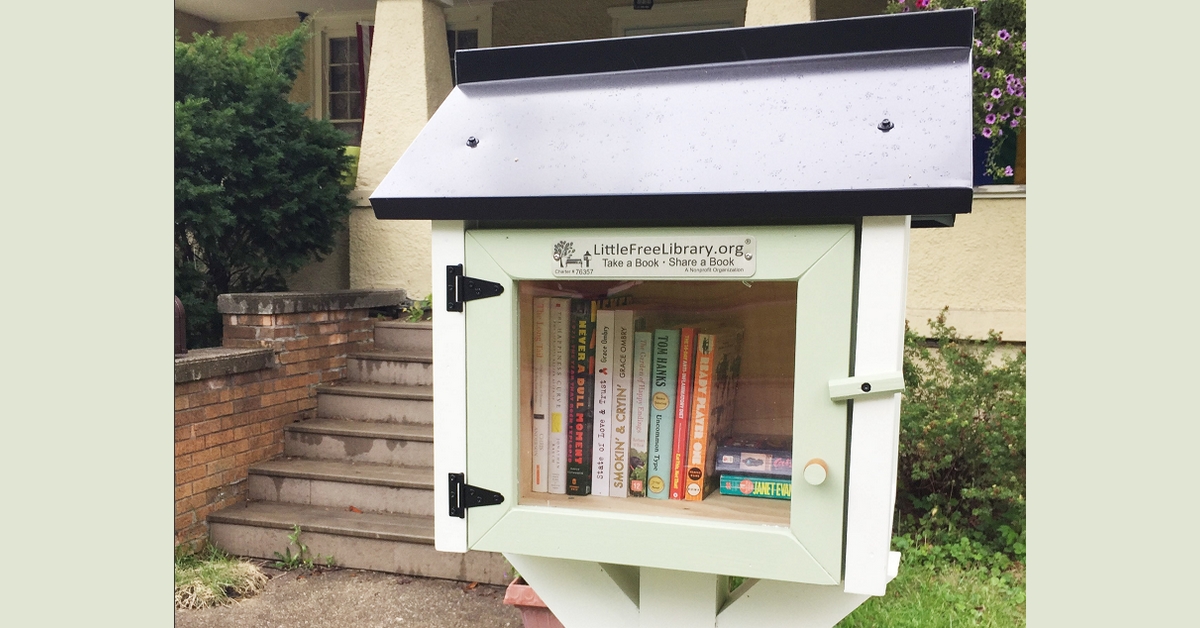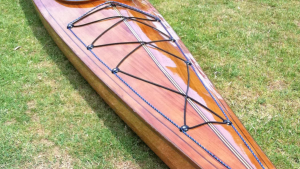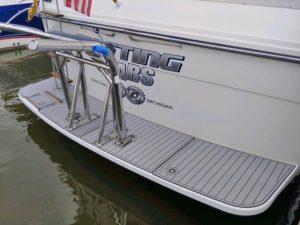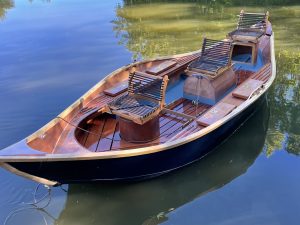
By Grace Ombry
As a novelist and an avid reader, I was captivated by the Little Free Library® (LFL) movement from the moment I learned about it. In the summer of 2019, we set up one of our own and used WEST SYSTEM® Epoxy extensively to ensure that it would remain sturdy while keeping the elements out and the library books dry.
My original plan was to build my own Little Free Library from scratch. Unfortunately, some health issues prevented me from tackling that project. Then, for my birthday, my husband ordered LFL’s Book Dynasty model from littlefreelibrary.org. This unfinished pine and plywood library is styled like a simple house with a gabled metal roof, and is sold with the suggestion of applying an annual coat of paint or stain. Understanding as much as I do about epoxy coatings, I knew we could do better by my LFL than mere paint.
The first step was temporarily removing the metal roof to prevent it from getting dented or stained as we worked. We filleted all of the seams of the preassembled library with Six10® Thickened Epoxy Adhesive. The point-and-shoot convenience of Six10, dispensed through a standard caulking gun, made filleting a snap. These Six10 epoxy fillets have kept Michigan’s rain, snow, and rampant seasonal earwigs (known to be voracious readers) from finding their way inside the library.
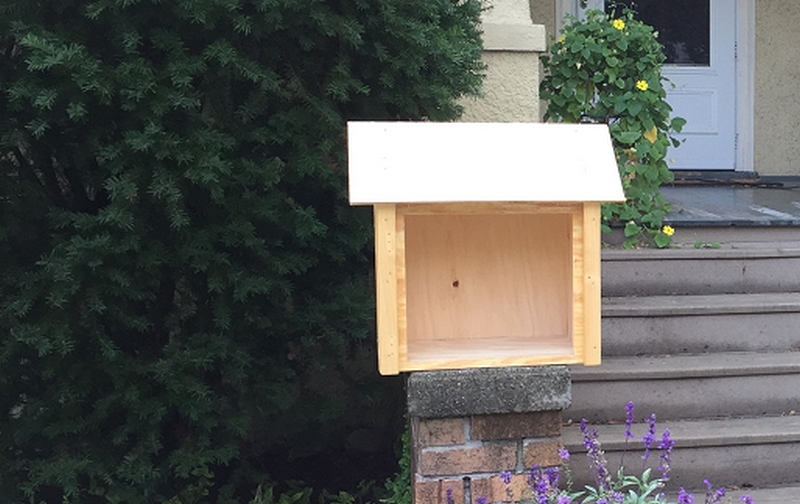
The next step was applying two coats of WEST SYSTEM 105 Epoxy Resin®/207 Special Clear Hardener as a moisture barrier and to provide a stable base for the exterior paint. Using an epoxy coating to stabilize wood’s moisture content before painting is a great way to prevent paint cracking, checking, and peeling. This approach allows coatings of good quality exterior paint to last for years, or even decades.
I have no plans to slop an annual paint coat on my Little Free Library as the owner’s manual suggests. See my article “A Pine & Epoxy Fence, Age 20” in Epoxyworks 47 for more on the practicality of epoxy under paint for protecting pine outdoors.
To save on sanding, we made sure to add the second coat of epoxy when the first was partially cured but still tacky. We also used Six10 for bonding the hinge and door latch hardware. This will prevent moisture from getting in through the exposed endgrain where the hardware is installed.
Once the epoxy had cured completely, we painted our LFL pale green with cream trim using a high-quality exterior paint. We then reinstalled the metal roof piece.
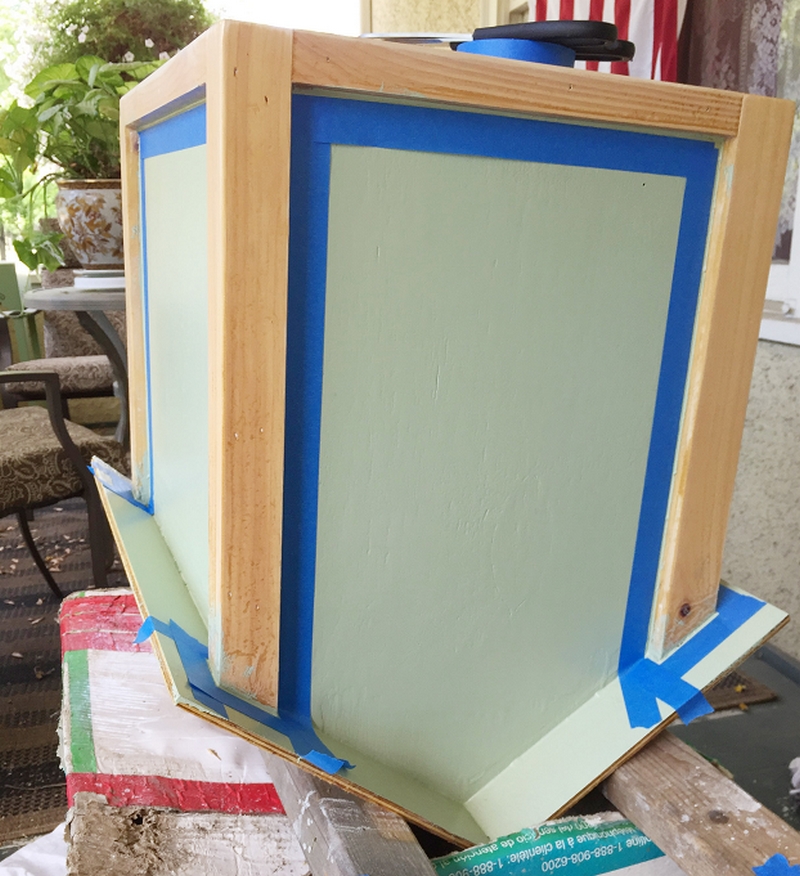
With the library box itself ready to install, we again used epoxy for the pine post and bracket it would sit on. One important consideration when installing an LFL is that books are really heavy. What’s in the box on any given day is likely to far outweigh the stuff that goes into a mailbox. It was really important to us that our LFL, heavy with books, would stand straight and true. To achieve this, we first coated the post with epoxy.
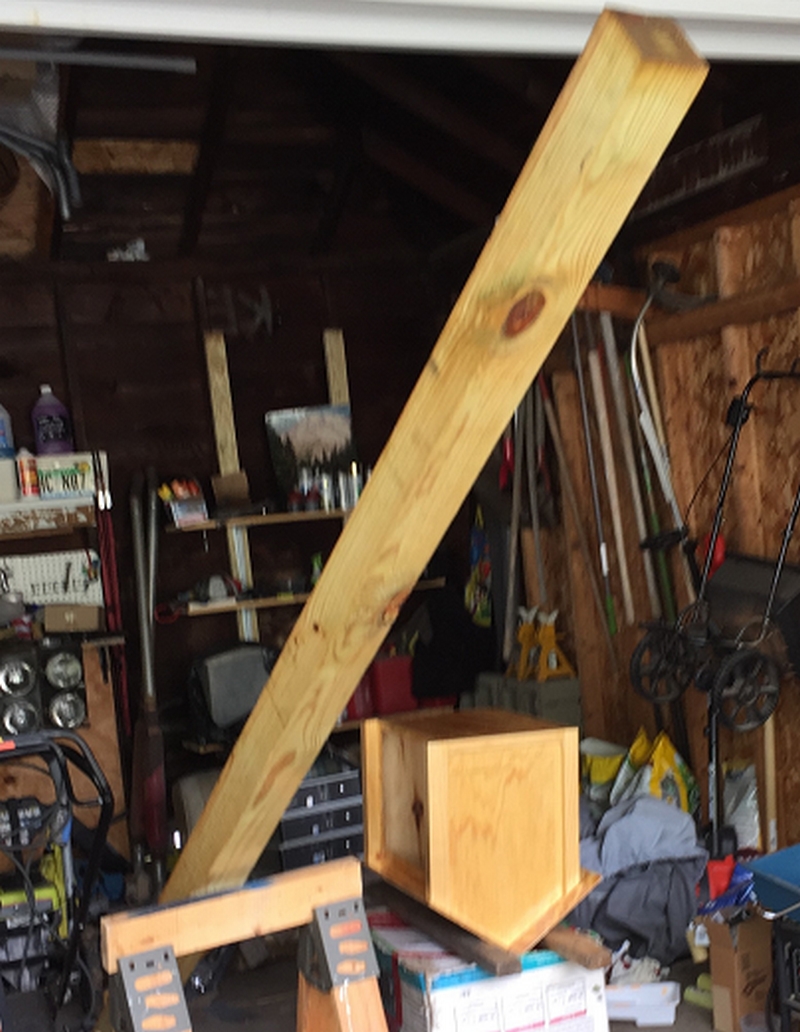
When the epoxy cured, we dug a hole near our front walk and set the post in an annulus of concrete. We used a level to make sure everything was plumb.

The bracket, which is constructed of two 4x4s cut at 45° angles, was then affixed to the post using bolts bonded into their pilot holes with epoxy. A 1×6 board across the angled bracket pieces is where the library itself is affixed (with bonded screws) through the library floor.
The final touches were adding the Little Free Library plaque, putting some books inside, and registering our library at littlefreelibrary.org. Since our library is painted green and we live on Green Avenue, we named our LFL The Little Green Library on Green. It’s been a hit with the neighbors. We recently dressed it up with colorful solar string lights and added a dog leash hook for the convenience of our library patrons who stop by while walking their pups.
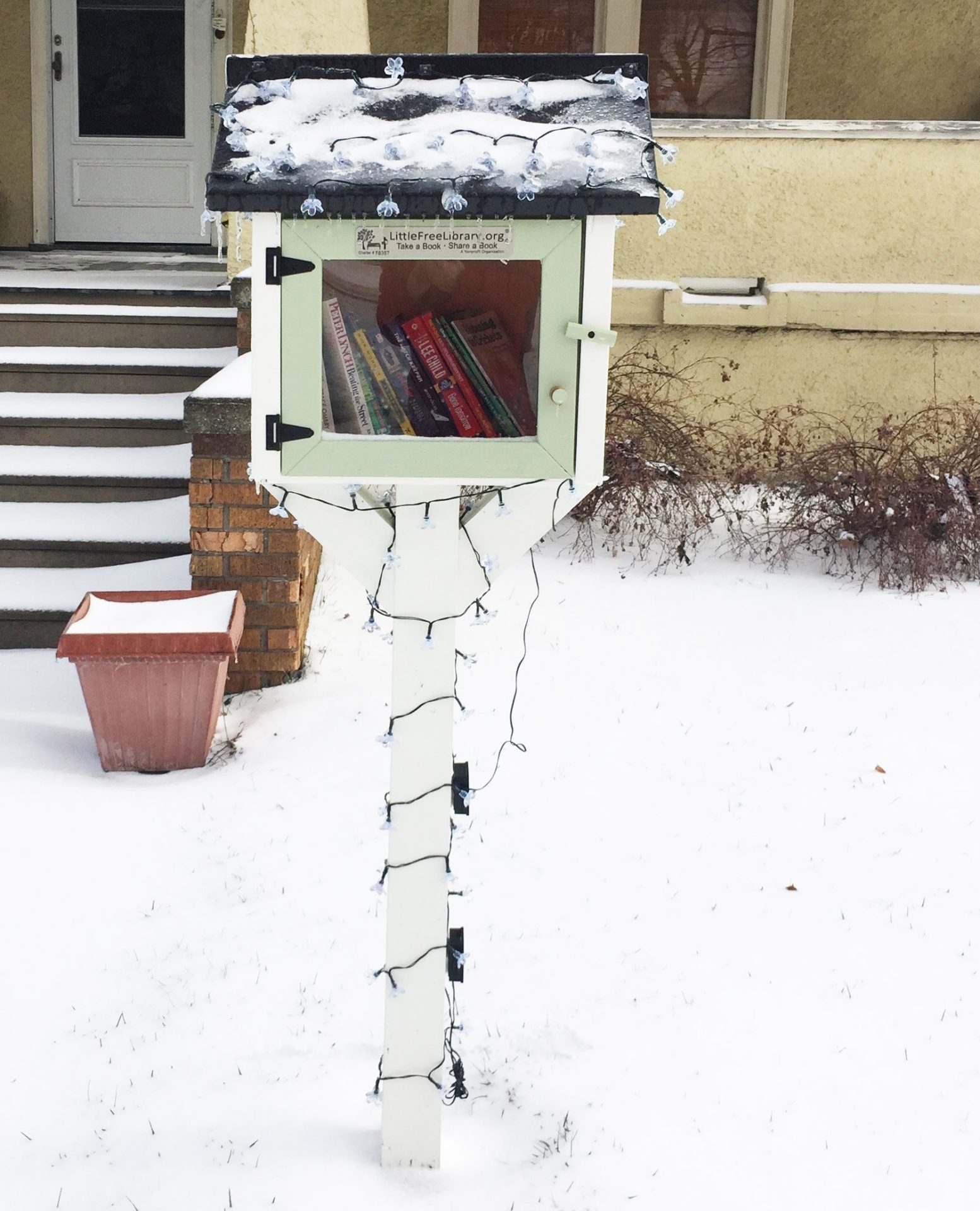
Little Free Libraries are voluntary book exchanges placed in neighborhoods and public places. They come in different styles, shapes, and sizes, but are most commonly a small, wooden box with a hinged door. Anyone may take a book or leave a book to share. It’s the job of an individual library’s steward or primary caretaker to maintain the reading material offered. While LFL’s can never replace the tremendous resources available through traditional public libraries, they enhance neighborhoods, parks, and other gathering places as a place where community members can easily exchange books.

